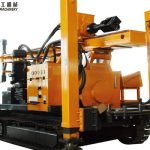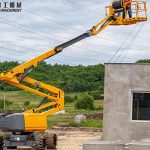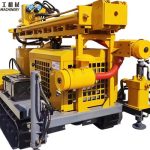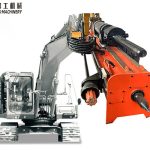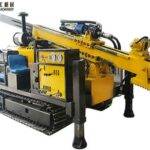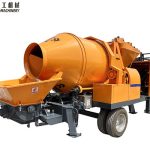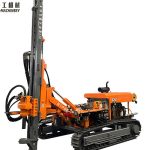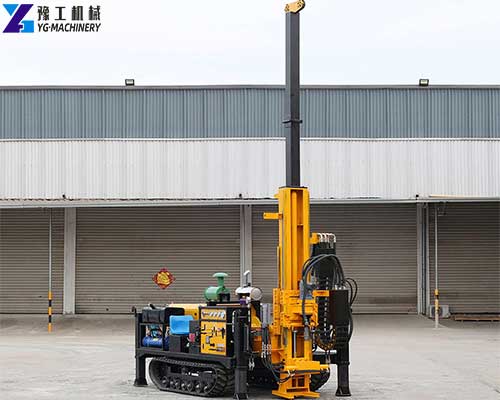
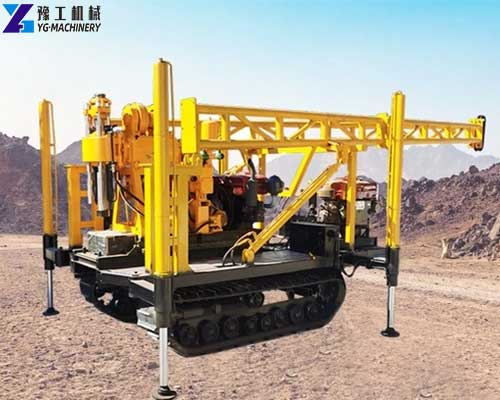
SPT rig, or standard penetration test drill, is a drilling equipment widely used in geological surveys, engineering construction, and other fields. By testing the penetration resistance of the soil, the SPT drill can provide information on important parameters such as stratum bearing capacity and density, providing reliable data support for engineering design and construction. If you have project, pls contact us.【WhatsApp/WeChat/Skype/Phone】+86 136 1385 6800
SPT Drilling Rig Parameter:
| Model | YGX-400 | YGX-600 | YGX-800 | YGX-1000 |
| Drilling Depth(M) | 180-400-500 | 200-600-650 | 400-800-1000 | 500-1000-1100 |
| Rated pressure(MPA) | 21 | 21 | 25 | 28 |
| Rated Flow(L/min) | 168 | 192 | 260 | 300 |
| Heat Dissipation Mode | Air cooling+water cooling | |||
| Engine Brand | Yuchai | Yuchai | Yuchai | Cummins |
| Rated power/speed | 78kW/ 2400r/min | 92kW/ 2400r/min | 92kW/ 2400r/min | 154kW/
2400r/min |
| Drilling Angle(°) | 0-90 | 45-90 | 45-90 | 45-90 |
| Lifting Force(T) | 12 | 16 | 24 | 30 |
| Feed Force(T) | 6 | 8 | 12 | 15 |
| Hydraulic Mud pump flow | 30-90(L/min) | 30-90(L/min) | 90-180(L/min) | 90-180(L/min) |
| Hydraulic Mud pump power | 4-7(MPA) | 4-7(MPA) | 4-7(MPA) | 4-7(MPA) |
| Dimension | 4000*1900*1800mm | 4000*2000*1800mm | 5500*2100*2000mm | 6000*2200*2400mm |
| Weight | 4.3T | 4.5/5.5T | 6.5T | 7.5T |
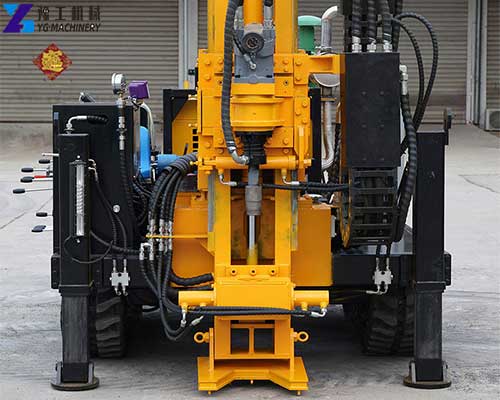
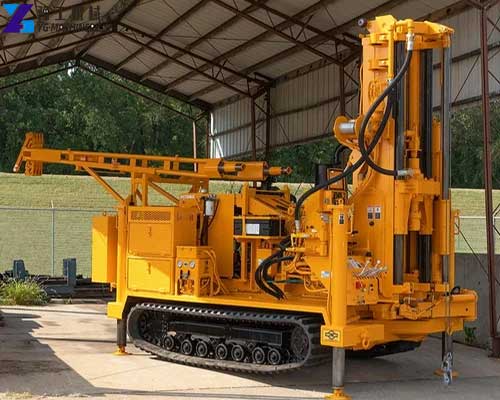
Principle and Working Process of SPT Drilling Rig:
The working principle of the SPT drilling rig is relatively simple. It drives the standard penetration hammer into the soil by hammering and judges the compactness of the soil layer according to the number of hammers. The specific working process is as follows:
- Drilling: First, use the drilling rig to drill a hole in the soil layer to be tested.
- Penetration hammer: Connect the standard penetration hammer to the drill rod and insert it into the drill hole.
- Hammering: Use the free-fall hammer to drive the penetration hammer into the soil multiple times, and record the number of hammering required for every 30 cm.
- Data analysis: According to the number of hammerings combined with other geological data, the properties of the soil layer can be analyzed and evaluated.
Application Fields of SPT Drilling Rigs:
- Geological survey: Understand the stratum structure and rock and soil properties to provide basic data for engineering design.
- Construction engineering: Determine the bearing capacity of the foundation to provide a basis for the building’s foundation design.
- Water conservancy engineering: Evaluate the stability of earth dams and assess the leakage of reservoir areas.
- Road engineering: Investigate the properties of roadbed soil to provide a reference for roadbed design.
How to Choose a Suitable SPT Drilling Rig?
When choosing an SPT drilling rig, you need to consider the following factors:
- Drilling depth: Choose the appropriate drilling depth according to the project needs.
- Soil conditions: Different soil conditions have different requirements for the power performance of the drilling rig.
- Automation degree: Choose a manual or automatic drilling rig according to your needs.
- Brand and after-sales service: Choose a reputable brand and consider the manufacturer’s after-sales service capabilities.
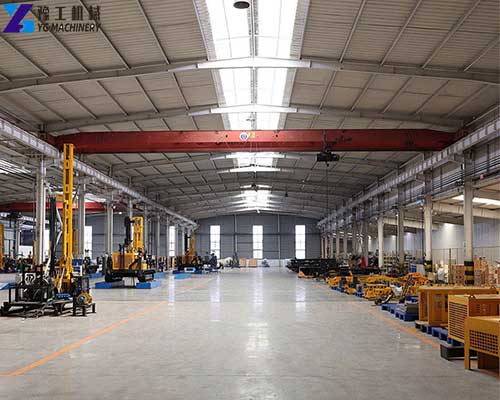

SPT Drilling Rigs Help Mexico’s Infrastructure Construction:
In recent years, Mexico has vigorously developed infrastructure construction, including roads, bridges, buildings, etc. To ensure the quality of the project, the demand for geological surveys is growing. Our customers have also captured this market and successfully purchased SPT drilling rigs from our company, and received good feedback from customers.
Analysis of Customer Needs of Mexican Customers:
Mainly Focus On the Following Points:
- Strong adaptability: Mexico has complex and diverse geological conditions, and the drilling rig needs to be able to adapt to drilling in different strata.
- Easy to operate: The technical level of local operators varies, and the drilling rig needs to be easy to learn.
- High durability: Mexico has a hot climate and a harsh construction site environment, so the drilling rig needs to have good durability.
- Perfect after-sales service: Customers hope to receive timely and professional after-sales service.
The Difference Between An SPT Drilling Rig and A Core Drilling Rig:
SPT drill rigs and core drill rigs are both commonly used drilling equipment in geological surveys, but they are significantly different in design, function, and application.
1. Different design purposes
- SPT drilling rig (standard penetration test drilling rig): Mainly used to obtain the engineering property parameters of the soil layer, such as bearing capacity, compactness, etc. Through standard penetration tests, soil layers can be classified and data support can be provided for construction projects, foundation treatment, etc.
- Core drilling rig: Mainly used to obtain core samples for detailed analysis of the lithology, structure, composition, etc. of the rock formation. This information is of great significance to geological exploration, mineral exploration, engineering geology, and other fields.
2. Different working principles
- SPT drill: Use hammering to drive a standard penetration hammer into the soil, and judge the density of the soil layer based on the number of hammering blows. The borehole diameter is small and is mainly used to obtain soil samples and test soil layers.
- Core drilling rig: Drill into the rock formation by rotating the drill bit, and using the core barrel to retrieve the core. The diameter of the borehole is relatively large and core samples are mainly obtained.
3. Different structures and functions
- SPT drilling rig: The structure is relatively simple, mainly composed of drill frame, drill pipe, penetration hammer, conduit, etc. It has a single function and is mainly used for standard penetration tests.
- Core drilling rig: It has a complex structure. In addition to the drill frame and drill pipe, it is also equipped with a rotary mechanism, core barrel, flushing system, etc. Versatile, can be used to drill cores of different diameters and depths.
4. Different application scopes
- SPT drilling rig: Mainly used in construction engineering, foundation treatment, roadbed engineering, and other fields to determine foundation bearing capacity, soil layer layering, etc.
- Core drilling rig: Mainly used in geological surveys, mineral exploration, hydrogeological surveys, engineering geological surveys, and other fields to obtain core samples for detailed analysis.
![]()

